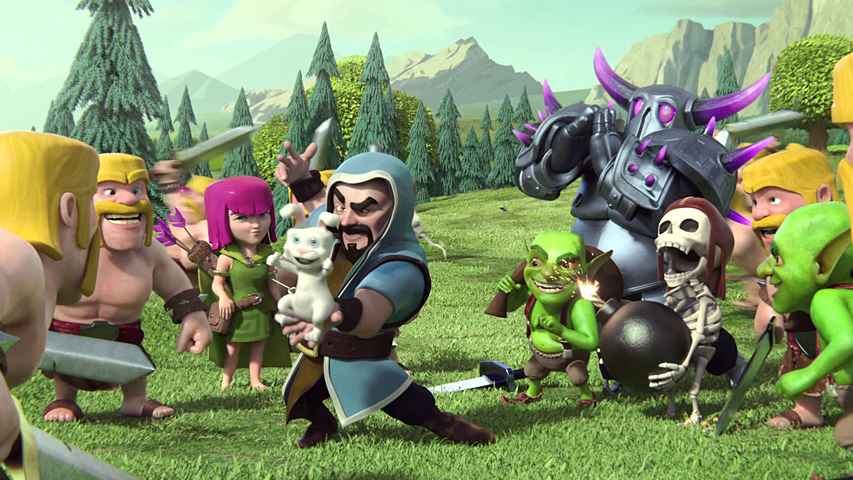Eric Benjamin Seufert, a leading marketer at Wooga, wondered if advertising during major sporting events is really aimed at acquiring new users?
The original version of the material can be found on Mobile Dev Memo, a website dedicated to the mobile industry, run by Eric Seferth himself, author of the book Freemium Economics.
On Sunday, during the broadcast of the forty-ninth final game for the title of champion of the National Football League, a Clash of Clans commercial was launched.
NBC, the network that bought the rights to broadcast the Super Bowl, charged about $4.4 million-$4.5 million for a 30-second advertising window. This means that Supercell most likely paid about $9 million just for the video to be shown (that is, this amount does not include the costs of creating it and hiring one of the most popular actors in the world).
$4.5 million is, of course, a huge amount for one impression, but these expenses per view are actually not much different from the amount that is usually paid for video advertising in other formats. Let’s count: 112.2 million viewers watched the Super Bowl last year. Assuming that there were no fewer viewers this year, and at least a quarter of them (about 28 million) watched Clash of Clans ads, it turns out that about $ 0.32 was paid for one viewing.
If at least 1% of those who saw it converted (this is quite a reasonable percentage for in-game advertising), then the CPI for the acquisition of 281 thousand users was $32.08. This is a high CPI, but it does not go beyond reasonable values even for in-app advertising, if we take into account a number of the following factors:
- we are talking about a large-scale advertising campaign in the USA;
- the advertised project was released a long time ago (in June 2012).
Plus, we must understand that our calculations do not take into account hundreds of thousands (if not millions) of free views, which are likely to be carried out from YouTube.
Clash of Clans, undoubtedly, is experiencing some revival now after appearing on the air: on January 31, the application sat at 38th place in the top of free downloads (iPhone, US), and on February 2, the game reached 24th place. But if you focus on the positions of the game in the charts, you can easily omit the main benefit that Clash of Clans received from the video, and in general, any mobile advertising receives from a large initiative on television.
With a market share of 40%, TV today is the largest advertising channel. With such coverage, with a century-old history, television gives the advertised goods not only users, but also a certain trust and legitimacy in the eyes of a wide audience.
In this perspective, for mobile game developers, TV is a way to increase conversions from existing users and re-engage former users, which is especially important for such massive games like Clash of Clans, which could reach the saturation point in mobile advertising.
Plus, advertising a mobile game on TV can destroy the psychological barrier that previously stopped the user from shopping in the game. The appearance of such advertising is a signal of acceptance of something by a wide audience.
A study conducted by the Game Research Lab at the University of Tampere showed that the attitude “to virtual goods and the opinion that peers like, strongly increases the desire to purchase virtual goods” in shareware games.
The final goal of spending millions of dollars on TV advertising by any large publisher, of course, is to acquire those users that they cannot reach through other channels, but this is far from the most difficult thing in advertising campaigns.
The purpose of such strategies is to force a specific social group that came with friends to watch a sports show to start discussing a mobile game after advertising. This is a completely different tactic, suitable for a different type of games than buying ether to promote a title designed for a single passage (like Candy Crush Saga, which King aggressively promoted in early 2014 before going public). In other words, if the task of Supercell with the Super Bowl was to purchase users, then it was most likely a very specific type of acquisition: a player who can download the game and immediately join an existing clan.
But given the age of Clash of Clans and the reach of previous advertising campaigns, it also looks plausible that the main intention of Supercell when showing the video at the Super Bowl was not to acquire users. If a Finnish company has already reached everyone it could with the help of mobile advertising, then today it simply has no choice but to resort to more traditional forms of media.
In addition, buying air during the largest sporting event in the United States, which 43 million people planned to watch in a friendly company, may be the best way to convince those who disagree that games are as social as watching a football match with friends and also deserves money.

